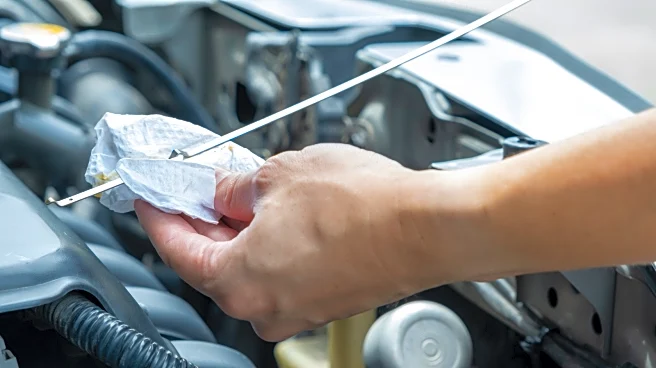
Rolling your motorcycle into the back of your RV sounds like the kind of road trip Instagram influencers cook up in a fever dream of wanderlust and caffeine. But in reality, hauling a motorcycle with your RV isn't just a matter of strapping it down and hitting the road. Do it wrong and you risk wrecking your bike, your rig, or both. So here's how to do it the right way, with your sanity and suspension intact.
You could have a custom-built Campervan or a huge Brabus Big Boy luxury RV but first, determine
how you'd want to haul your motorcycle. There are two main approaches –– mounting it to your RV using a hitch-mounted carrier, or towing it with a dedicated trailer. Hitch-mounted carriers attach directly to the rear of your RV and cradle your motorcycle above the ground. These are perfect for space-saving setups but are limited by weight constraints. Dedicated motorcycle trailers, on the other hand, roll behind your RV and offer more stability, capacity, and flexibility. The right choice depends on your rig's tow ratings and your willingness to deal with extra gear.
You'll also need to factor in your motorcycle's weight, axle weight rating, state towing limits, and the total Gross Vehicle Weight Rating of your setup. And yes, these numbers actually matter because if you exceed them, you're not just breaking the law, you're risking a white-knuckle trip with compromised handling and braking.
Read more: Call Me A Luddite, But These Modern Features Only Seem To Make Cars Worse
Hitch A Ride Or Tow The Line

If you're thinking hitch-mount, start by figuring out what kind of hitch your RV's rocking and its tongue-weight limit. That's the number that really matters, not the towing capacity, beacuse you're not towing anything. You see, a motorcycle carrier isn't a trailer, it's a lever that presses downward on your rig's spine. And unlike tow capacity, you can't just beef up your tongue weight with a couple of bolt-on upgrades. Push that limit and you're not just flirting with damage to your hitch or frame, you're asking for squirrelly handling and sketchy braking when things get spicy on the road.
Let's say your RV has a Class III hitch with a tongue-weight rating of 350 to 600 pounds. A motorcycle carrier is an easy choice. It's compact, relatively inexpensive, and doesn't require a trailer hookup. The only catch is that even a standard motorcycle can push 350 to 550 pounds, and that's before factoring in the weight of the carrier. So you're cutting it dangerously close to your hitch's max rating, and a lighter motorcycle is ideal.
Heavier or multiple rides to be hauled? Flatbed open trailers spread the load over two or more axles and stress your hitch a bit less. You'll still need tie-down points, wheel chocks, and a loading ramp, but the peace of mind is worth it. Most RVs have enough towing capacity to haul a motorcycle on a trailer. Just remember, towing a trailer changes how your RV handles and brakes, and knowing the easiest way to back up a trailer is helpful.
Dedicated motorcycle trailers are the gold standard. They're purpose-built, with low loading heights and integrated tie-down systems. They also tend to be lighter than general-purpose trailers, which helps keep your towing setup within safe limits.
Tie It Down Like Your Bike's Life Depends On It (Because It Does)

Now that you've picked your hauling method, it's time to actually secure the bike. This is where too many RVers wing it, only to find their beloved two-wheeler leaning sideways at the next rest stop. Don't be that person.
Use proper ratchet straps or cam buckles, not bungee cords, and secure at leat four solid points, with two at the front and two at the rear. Ideally, go for the lower triple tree up front and the frame or swing arm at the rear. Compress the suspension slightly when you strap it down so the bike doesn't bounce. And use a wheel chock if you've got one. It's not just helpful, it's almost essential for keeping the front wheel from flopping around.
Before you hit the road, double-check every strap. It would help to ensure that the trailer is level. Check them again after your first fuel stop. Vibrations and bumps can loosen things up. And remember, your motorcycle isn't just extra luggage you're towing, but a machine that deserves respect — especially when you're hauling it behind your moving vacation home in a bid to enjoy it at the destination.
Want more like this? Join the Jalopnik newsletter to get the latest auto news sent straight to your inbox...
Read the original article on Jalopnik.











